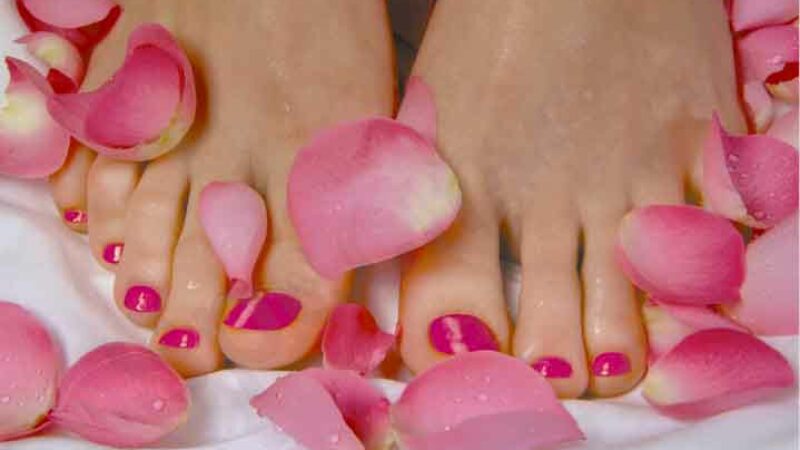As we age, our skin can start to look dry or dehydrated. It may also lose the vibrancy we enjoyed in our youth. One of the common reasons this happens is due to the accumulation of dead skin cells on your face and body. These dead cells lay on top of your epidermis and can cause skin to look dull.
Exfoliation helps to remove these dead cells, allowing younger skin cells to replace them. There are a number of ways to exfoliate and we’ll explore them further so that you can enjoy the glow of healthy skin.
Removing Dead Cells
In youth, skin cell turnover is higher. That is, new skin cells are produced more quickly. As we grow older, cell turnover declines. New skin cells take longer to produce resulting in dead skin cells remain longer on our faces and bodies, sometimes leading to clogged pores. Because of this, skin may begin to appear lifeless and faded. Regular exfoliation removes the dead skin cells and may also quicken the rate at which new cells are produced. Skin tends to look more vibrant and radiant.
In addition to removing dead skin cells, exfoliation can also help to reduce fine lines and wrinkles. Widely used exfoliants include:
• Alpha hydroxy acids as found in topical solutions like MaMa Lotion
• Salicylic acid (a beta hydroxy acid) as found in preparations such as Effaclar K
• Manual exfoliation as with washcloths or scrubs. Performing manual exfoliation doesn’t allow for penetration as deep as can be achieved with chemical exfoliants such as alpha hydroxy acids or salicylic acid.
Exfoliants help to remove the top layer of dead skin, improving skin texture and color, diminishing the appearance of fine lines and allowing moisturizers to penetrate more deeply.
Alpha Hydroxy Acids and Salicylic Acid
Alpha hydroxy acid based exfoliants are widely used to help treat hyperpigmented skin and relieve skin dryness. Salicylic acid, because it is oil soluble, can also assist with unclogging pores and may be particularly beneficial in individuals who suffer from oily skin. Salicylic acid is widely incorporated in preparations used in the management of acne.
Choosing The Right Exfoliant For Your Skin
Because each person’s skin is different and has varying levels of sensitivity, it’s important to select an exfoliant that’s well-suited for your particular skin type. This may mean trying several before finding one that works for you. Also remember that exfoliants may cause some irritation at first, but your skin will eventually tolerate the formulation. Apply small amounts to begin with and follow directions closely.
Discontinue any product if you develop a rash or severe skin irritation and consult your physician.
�



Many peoples have problems of irritation in the first few weeks and later it subsides gradually,so its better you apply just a little at first and keep increasing the dosage after every weeks or so.
Deepak, what you say makes complete sense. Any new cosmetic product should be used be used cautiously at first. A patch test is always recommended and is especially important if you have sensitive skin.
Exfoliating agents work by eliminating the top layer of dead skin cells so some irritation is to be expected. However, if you build use gradually most individuals will tolerate the regimen better.
Exfoliants are very good for the skin. They renew the skin!